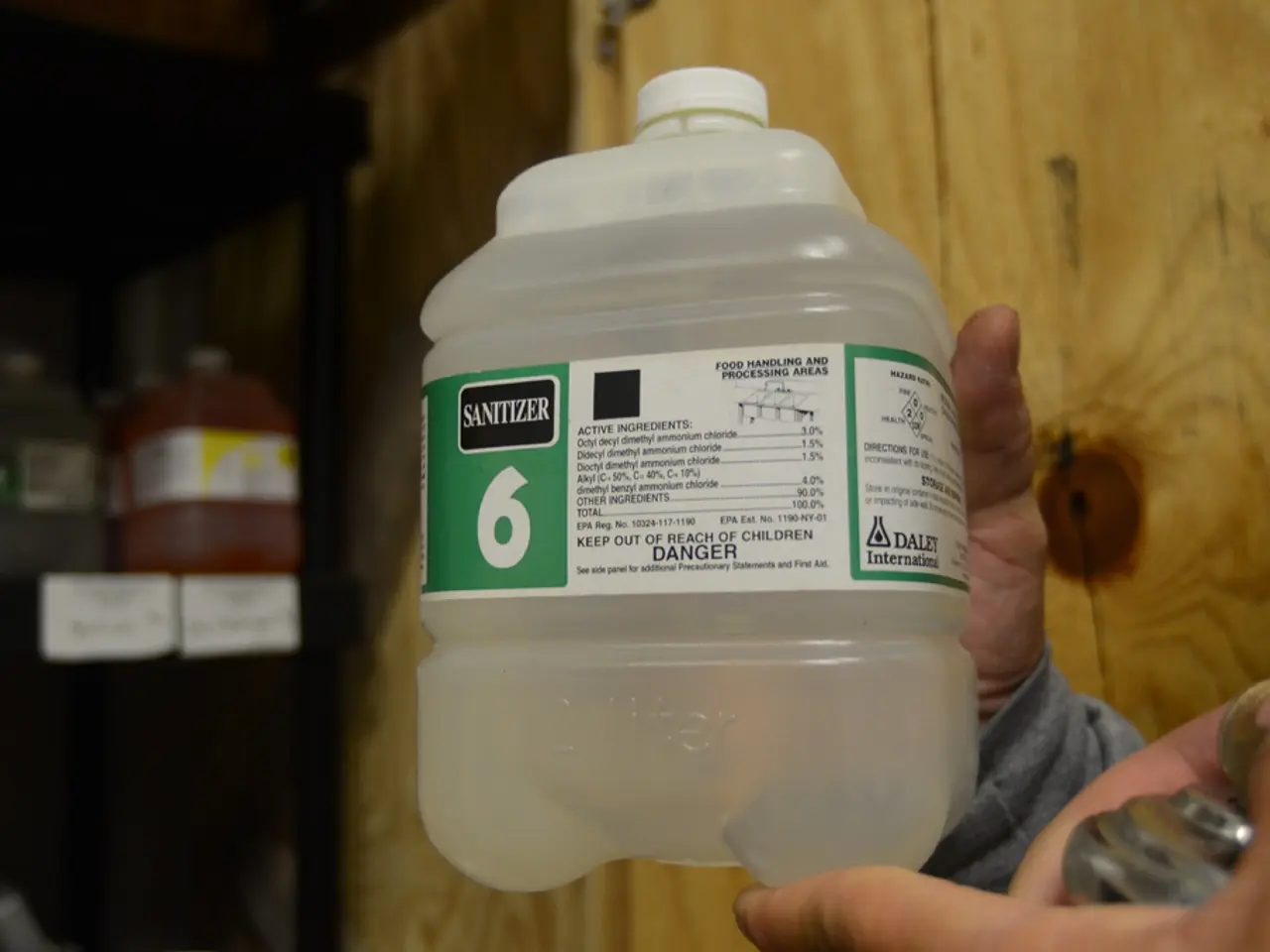Groin rashes origin and their remedies explained.
Genital rashes can be a source of discomfort and concern, but understanding the causes and available treatments can help alleviate worries. This article provides an overview of common conditions that cause genital rashes and their respective treatments.
Yeast infections, jock itch, scabies, and contact dermatitis are among the conditions that may lead to genital rashes. Each condition requires a different approach for treatment.
Yeast infections are often treated with antifungal creams and medications, which target the Candida fungus causing the infection. Baking soda baths can also help by altering the pH of the affected area, making it less favourable for fungal growth. However, it's essential to avoid steroid creams like hydrocortisone if a fungal infection is present, as they can worsen it. If no fungal infection is present, hydrocortisone cream may be used to reduce itching and inflammation.
Jock itch is typically treated with topical antifungal creams applied regularly to the affected area. Keeping the groin area dry and wearing breathable underwear, as well as showering immediately after sweating or exercise, can also help manage the condition.
Scabies, an infestation of mites, is treated with prescription scabicides such as permethrin cream or sulfur ointment. Treatment of close contacts and family members is also necessary to avoid reinfestation. Multiple applications may be required, leaving the treatment on the skin for several hours.
Contact dermatitis, a type of eczema, can affect the groin area. Treatment involves using mild hydrocortisone creams, avoiding irritants or allergens that trigger the rash, and practicing gentle skin care with lukewarm baths and moisturizing to restore the skin barrier.
In addition to these specific treatments, general tips for managing genital rashes include avoiding long, hot baths and harsh soaps, keeping the skin dry and clean, and using gentle moisturizers with high oil content to lock in moisture and reduce dryness.
It is crucial to remember that proper diagnosis is essential, as treatments differ for fungal infections, mite infestations, and allergic/irritant reactions. For persistent or severe rashes, consulting a healthcare provider is recommended to get an accurate diagnosis and appropriate prescription treatment.
In the case of allergic reactions, removing the allergen can help the rash clear up.
This summary reflects the consensus from dermatological and infectious disease sources, emphasizing the importance of a proper diagnosis for effective treatment.
[1] Dermatology Clinics. (2018). Genital Dermatoses. Retrieved from https://www.ncbi.nlm.nih.gov/pmc/articles/PMC6142655/ [2] Mayo Clinic. (2021). Genital itching: Causes, symptoms, and treatment. Retrieved from https://www.mayoclinic.org/diseases-conditions/genital-itching/symptoms-causes/syc-20351828 [3] American Academy of Dermatology. (2021). Scabies. Retrieved from https://www.aad.org/public/diseases/contagious-skin-conditions/scabies [4] American Academy of Dermatology. (2021). Contact Dermatitis. Retrieved from https://www.aad.org/public/diseases/contagious-skin-conditions/contact-dermatitis [5] National Institute of Allergy and Infectious Diseases. (2021). Scabies. Retrieved from https://www.niaid.nih.gov/diseases-conditions/scabies
- Diabetes, a prevalent medical-condition, can lead to skin issues like fungal infections, which might cause genital rashes.
- Psoriasis, an inflammatory skin disorder, is not typically associated with genital rashes, but it can affect other areas of the skin, such as the scalp or knees.
- Spondylitis, a type of arthritis, does not directly cause genital rashes, but it can lead to general skin-care concerns as a result of obesity associated with the condition.
- Tier 1 pharmaceuticals often produce antifungal medicines used for treating fungal infections that cause genital rashes.
- Type 2 diabetes, coupled with poor women's health, can increase the risk of developing vaginal fungal infections, which may manifest as genital rashes.
- Depression, although not a direct cause of genital rashes, can affect an individual's overall skin-care practices and contribute to increased susceptibility to conditions like yeast infections.
- Predictive diagnostics in science can help identify the specific medical-conditions causing genital rashes, aiding in choosing the appropriate treatment.
- Fungal infections of female and fungal infections of male can both lead to genital rashes, and treatments may vary based on the sex of the individual.
- Atopic dermatitis, an allergic skin condition, can cause rashes but does not primarily occur in the genital area; it is more common on the hands, feet, and behind the knees.
- Hepatitis, a liver disease, does not directly affect the skin or cause genital rashes, but it can lead to overall health deterioration and increase the risk of various skin problems.
- Ankylosing spondylitis, a type of spondylitis, can cause rashes as a symptom, but they are more likely to appear on the lower back and spine, rather than the genital area.
- In the realm of health-and-wellness and skin-care, understanding the various medical-conditions leading to genital rashes can help one maintain good overall health and proactively manage symptoms.




